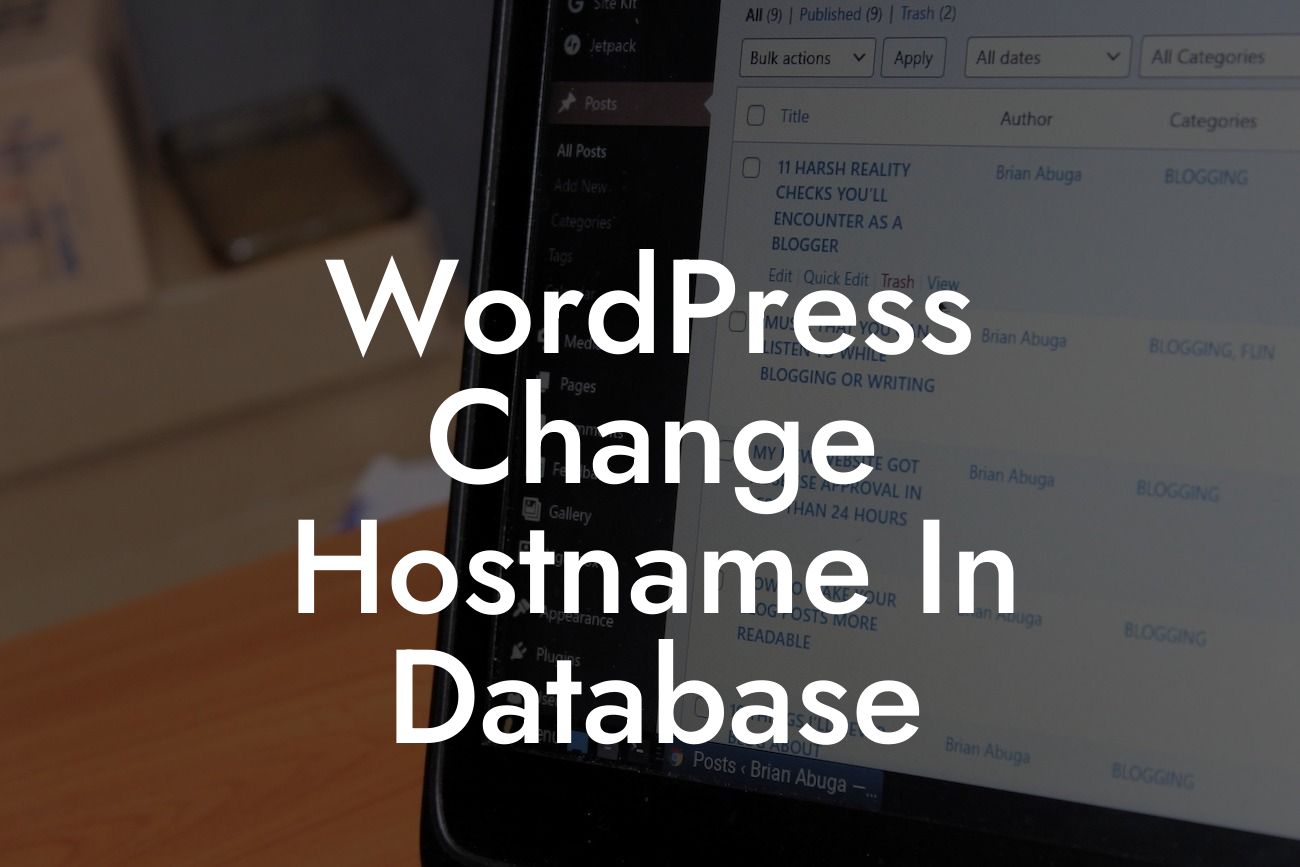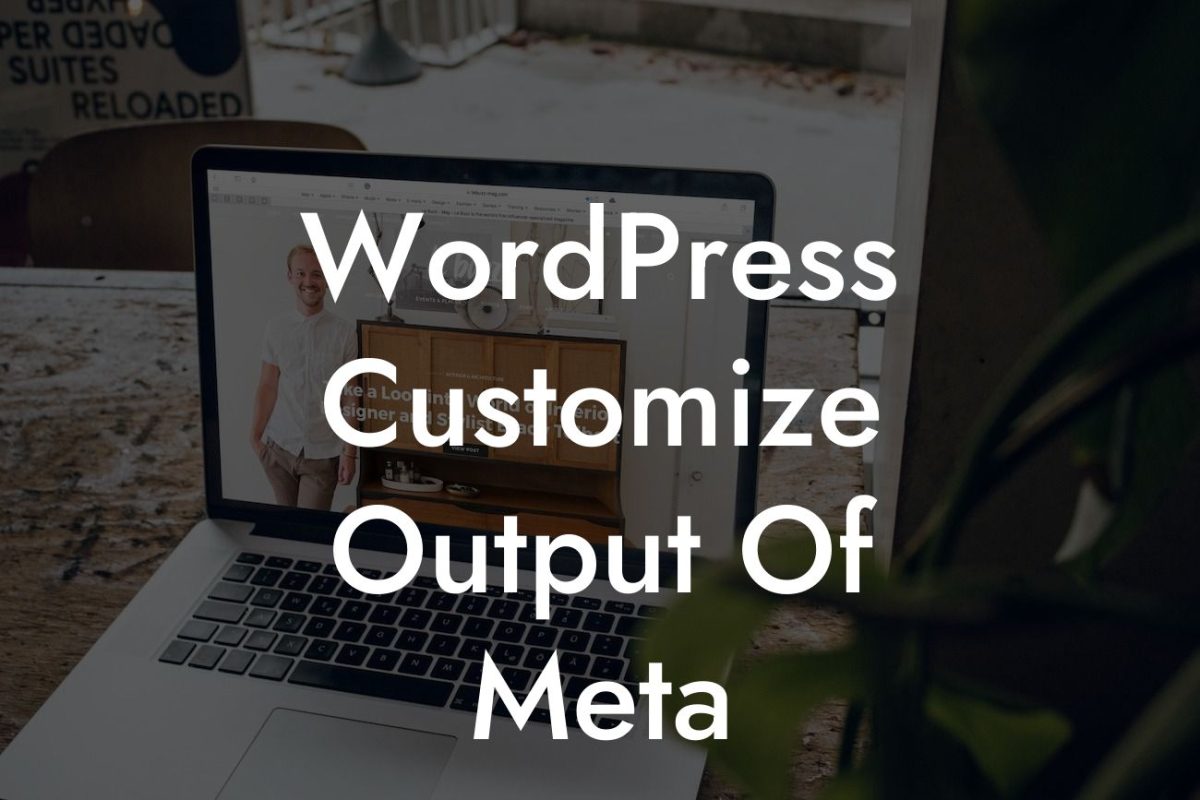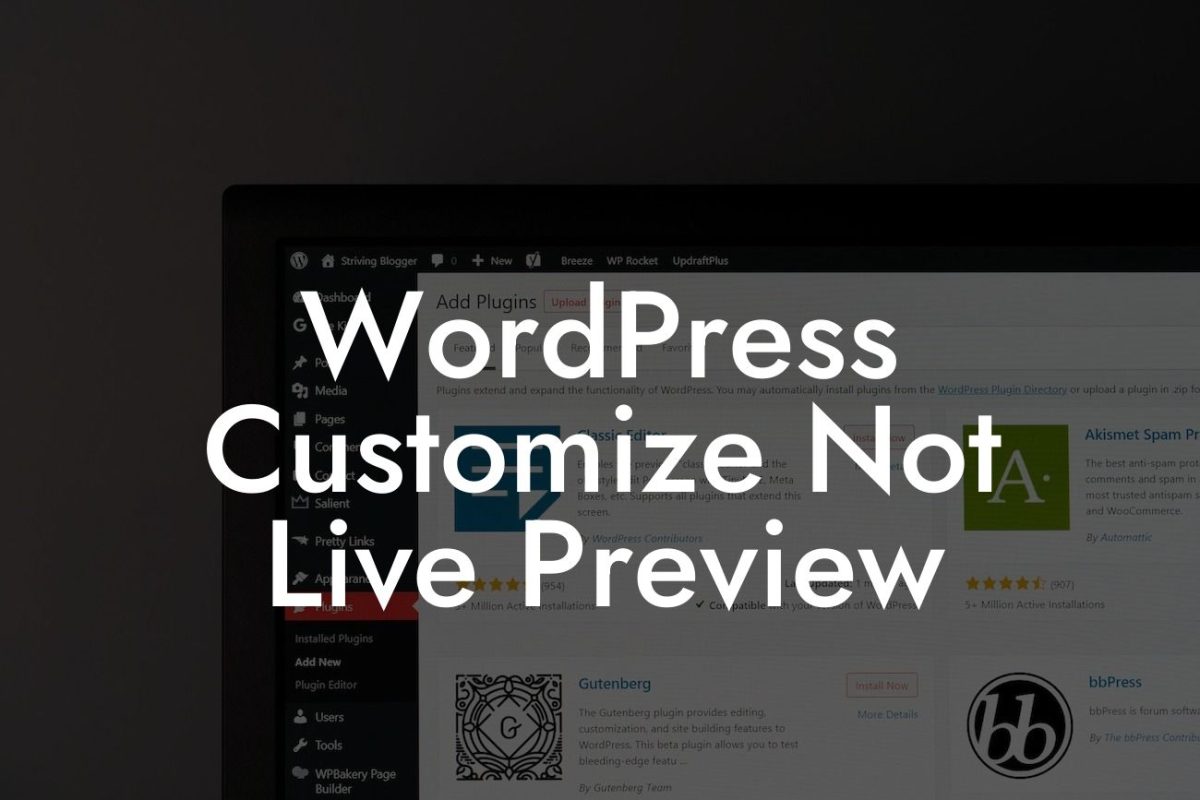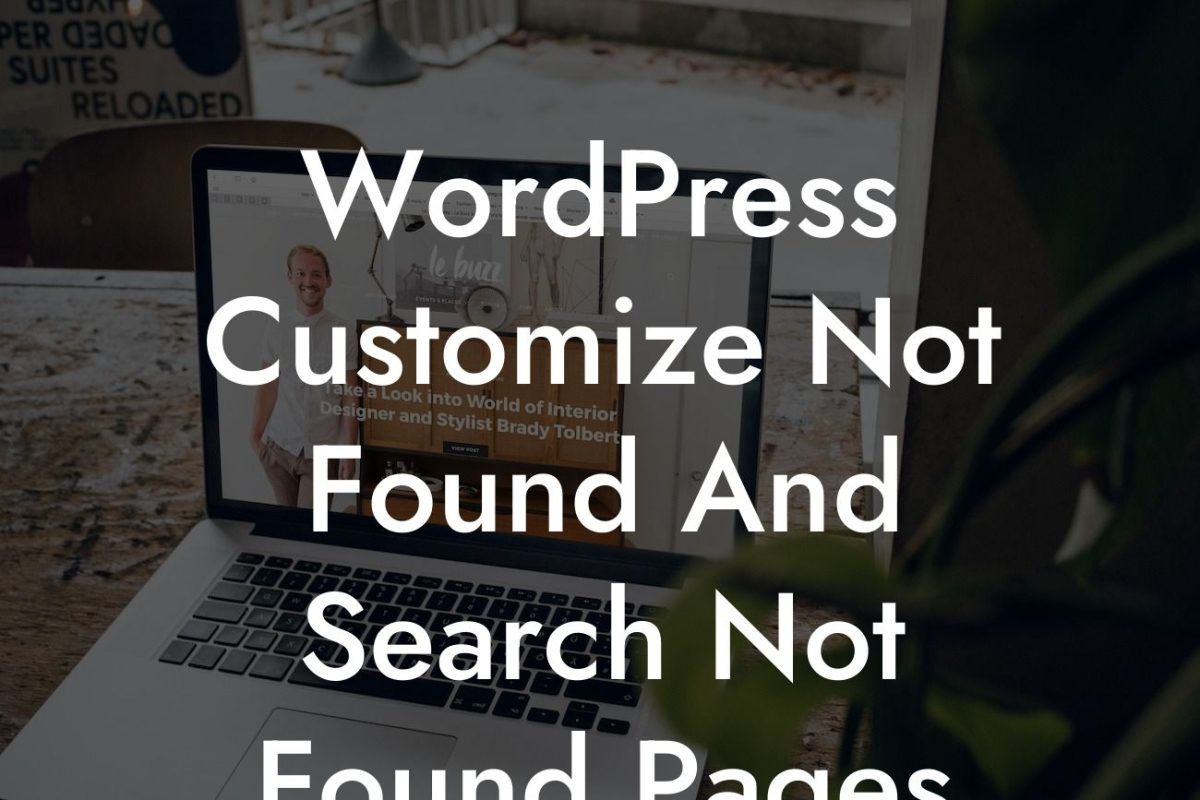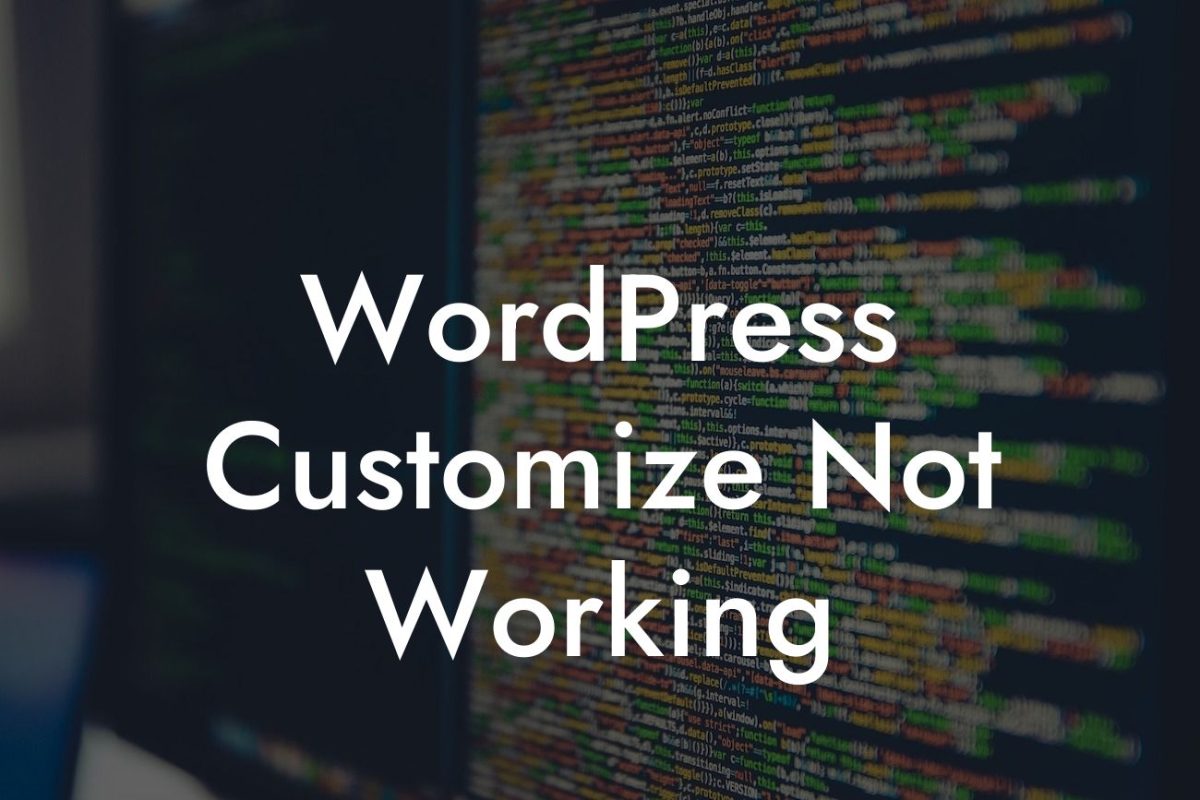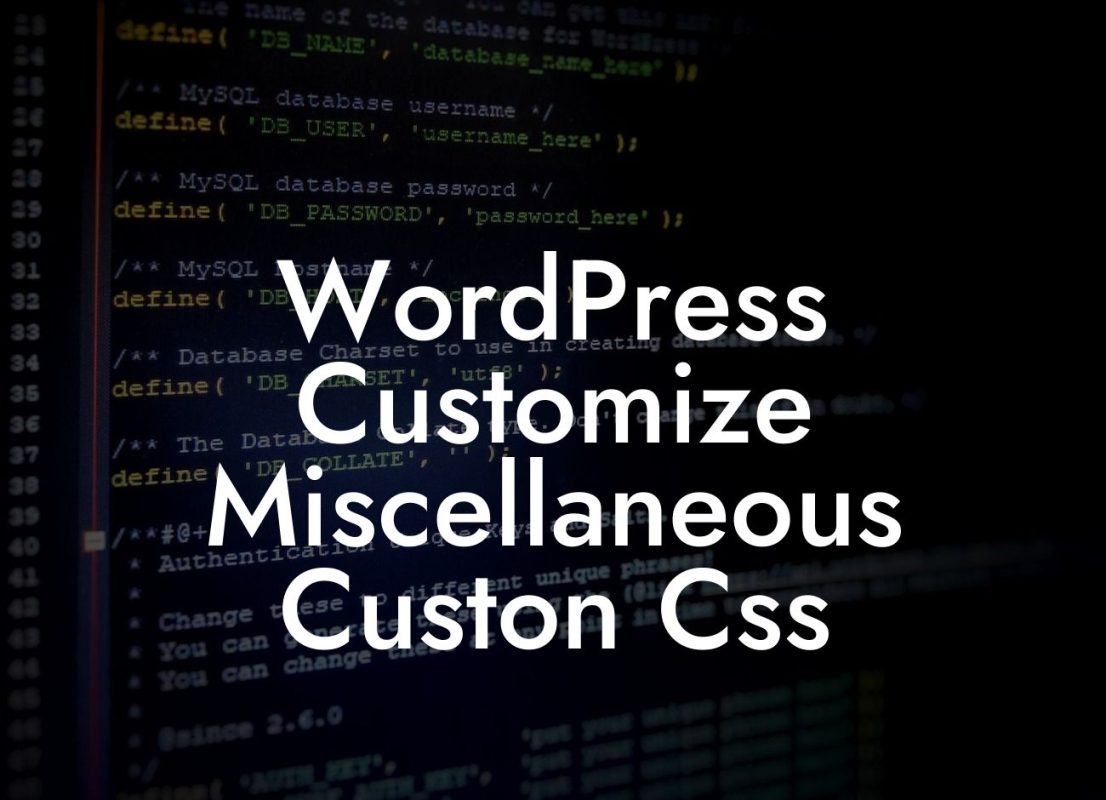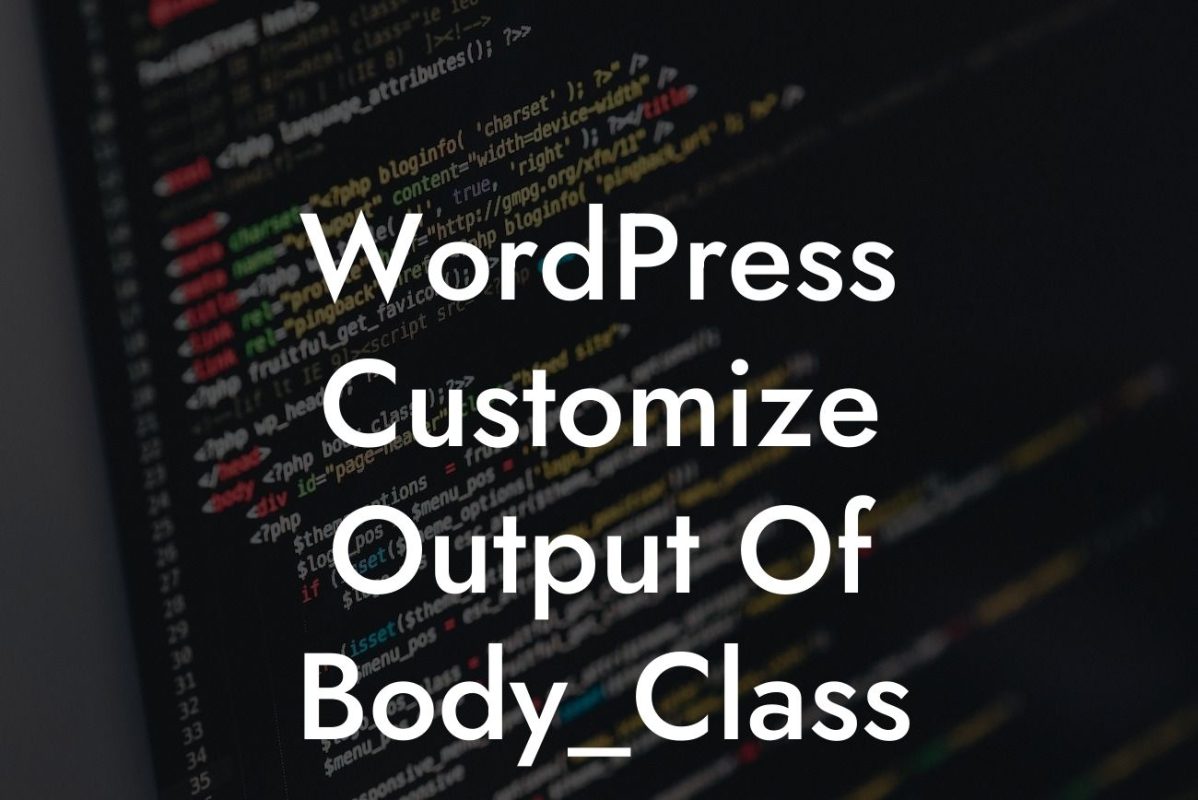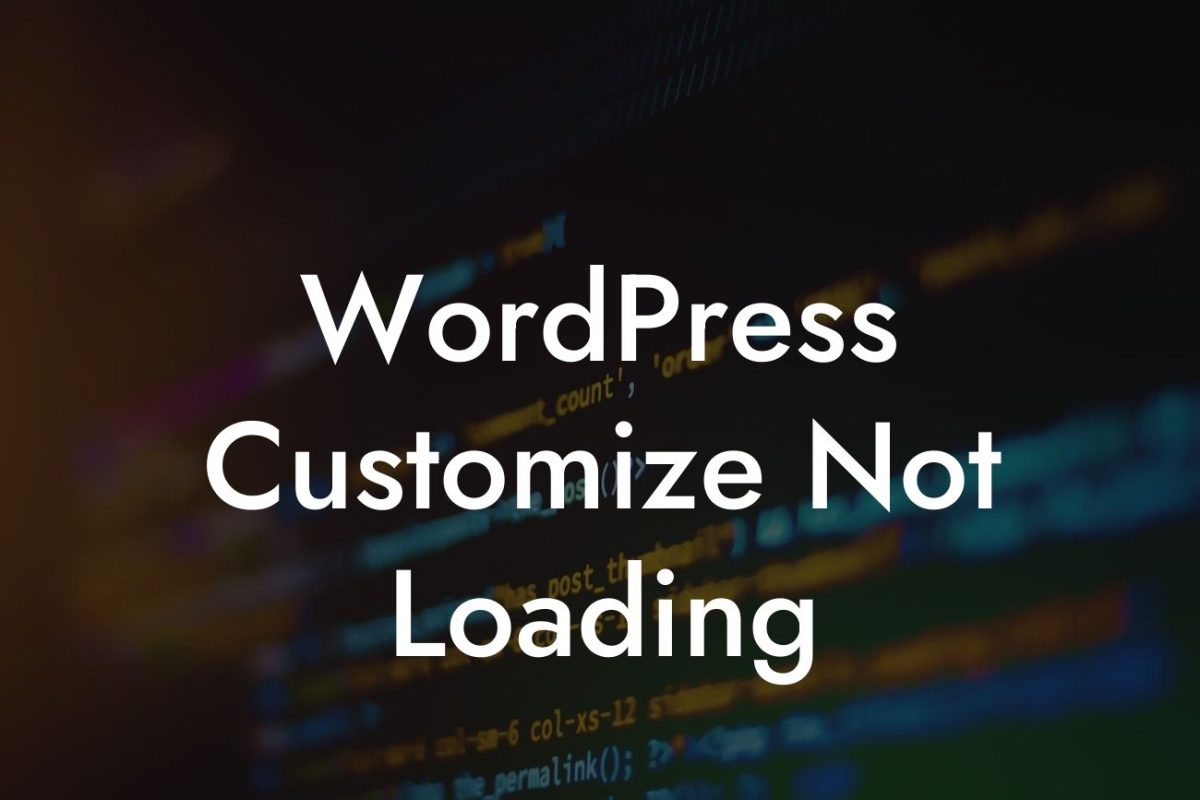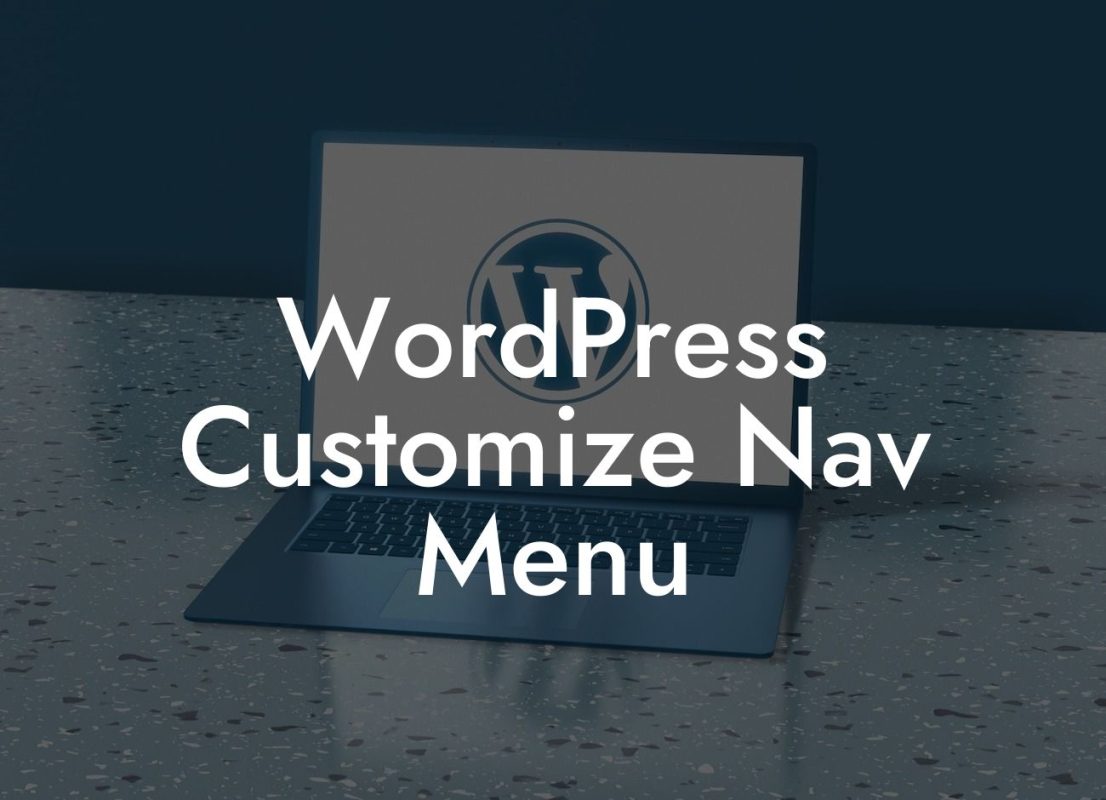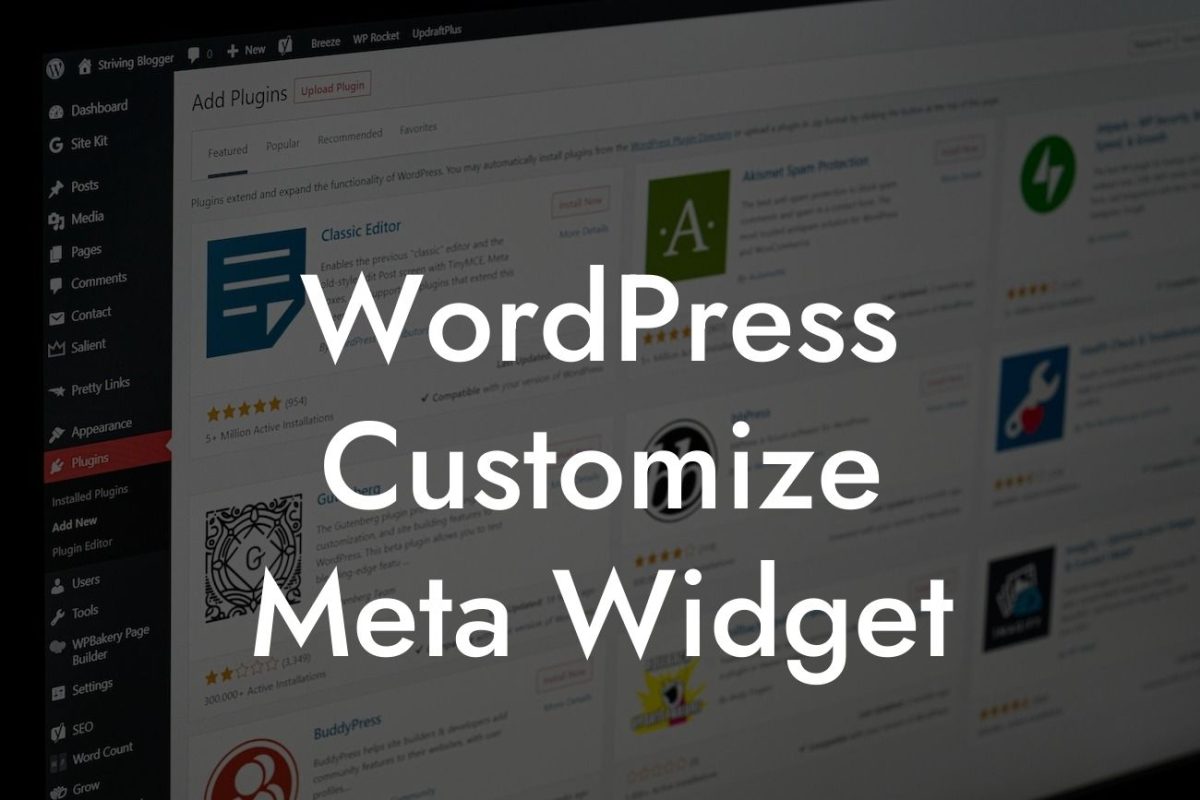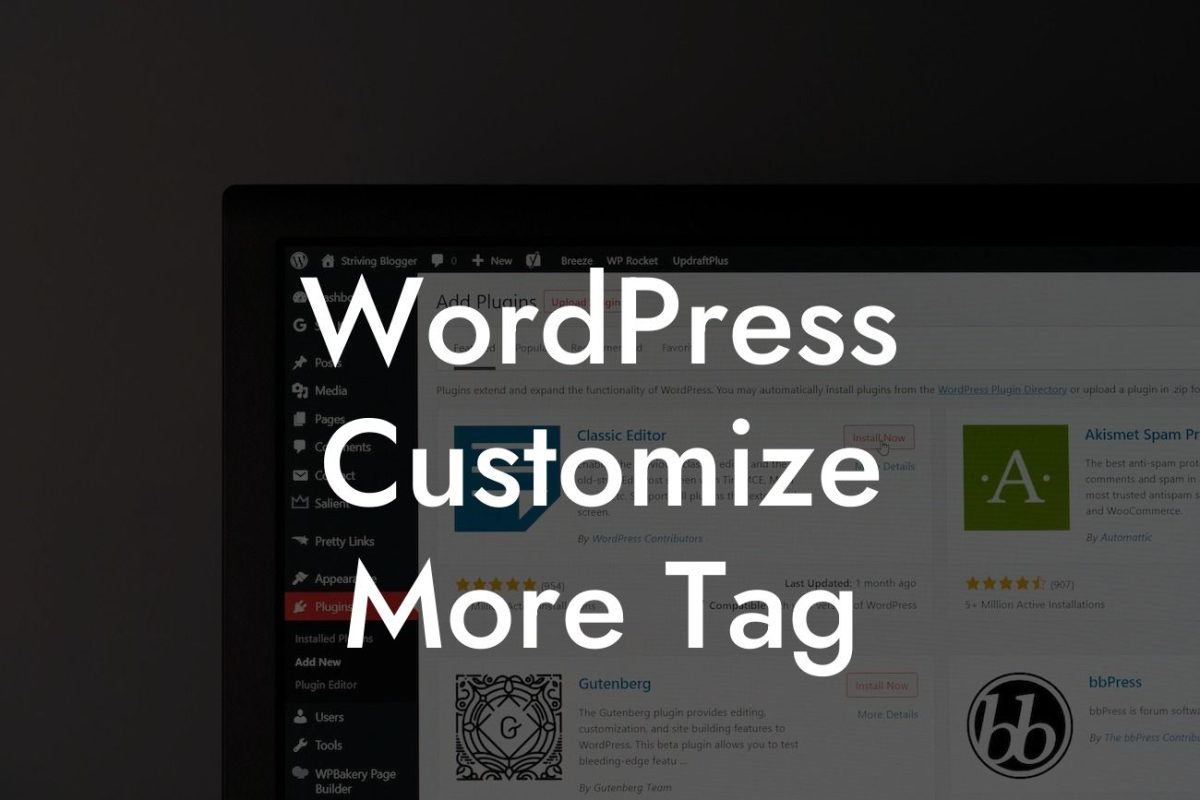Changing the hostname in your WordPress database may seem like a daunting task, but fear not! With the right guidance and tools, you can successfully update your database hostname and ensure your website continues to thrive. In this detailed guide, we will walk you through the process, providing you with invaluable insights, real-life examples, and expert tips. Say goodbye to technical headaches and hello to seamless transitions.
Changing the hostname in your WordPress database involves a few essential steps. Let's break them down and guide you through the process:
1. Backup your WordPress database: Before making any changes, it's crucial to create a backup of your WordPress database. This ensures that you can revert back to a working state if anything goes wrong during the hostname update.
2. Access your database: To proceed, you need to access your WordPress database. Use a tool like phpMyAdmin or connect to your database via SSH.
3. Update the hostname: Locate the wp-config.php file in your WordPress installation. Look for the line that defines the database hostname. Modify the hostname with the new appropriate one, such as an IP address or a domain name.
Looking For a Custom QuickBook Integration?
4. Verify the changes: After updating the hostname in the wp-config.php file, it's essential to verify that the changes have been applied correctly. Test your website to ensure it's functioning as expected.
5. Update your site's URL: Changing the hostname might also require updating your site's URL settings within WordPress. Head to the General Settings page in your WordPress dashboard and adjust the WordPress Address (URL) and Site Address (URL) fields accordingly.
Wordpress Change Hostname In Database Example:
Imagine you need to change the hostname in your WordPress database because you're migrating your website to a new hosting provider. By following the steps outlined above, you can smoothly update the database hostname, ensuring your website seamlessly transitions to the new hosting environment. Remember to backup your database and carefully verify the changes to avoid any disruption to your online presence.
Congratulations! You've successfully learned how to change the hostname in your WordPress database. We hope this guide has empowered you to tackle this task with confidence and ease. If you found this article helpful, consider sharing it with others who may benefit from it. And don't forget to explore other detailed guides on DamnWoo and try our awesome WordPress plugins. With DamnWoo by your side, your online presence will reach new heights.

